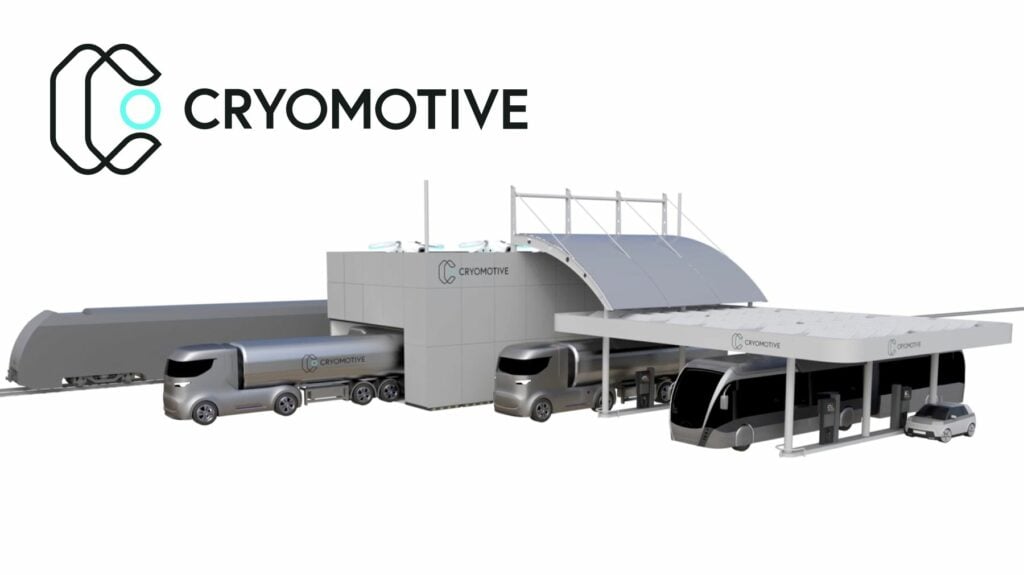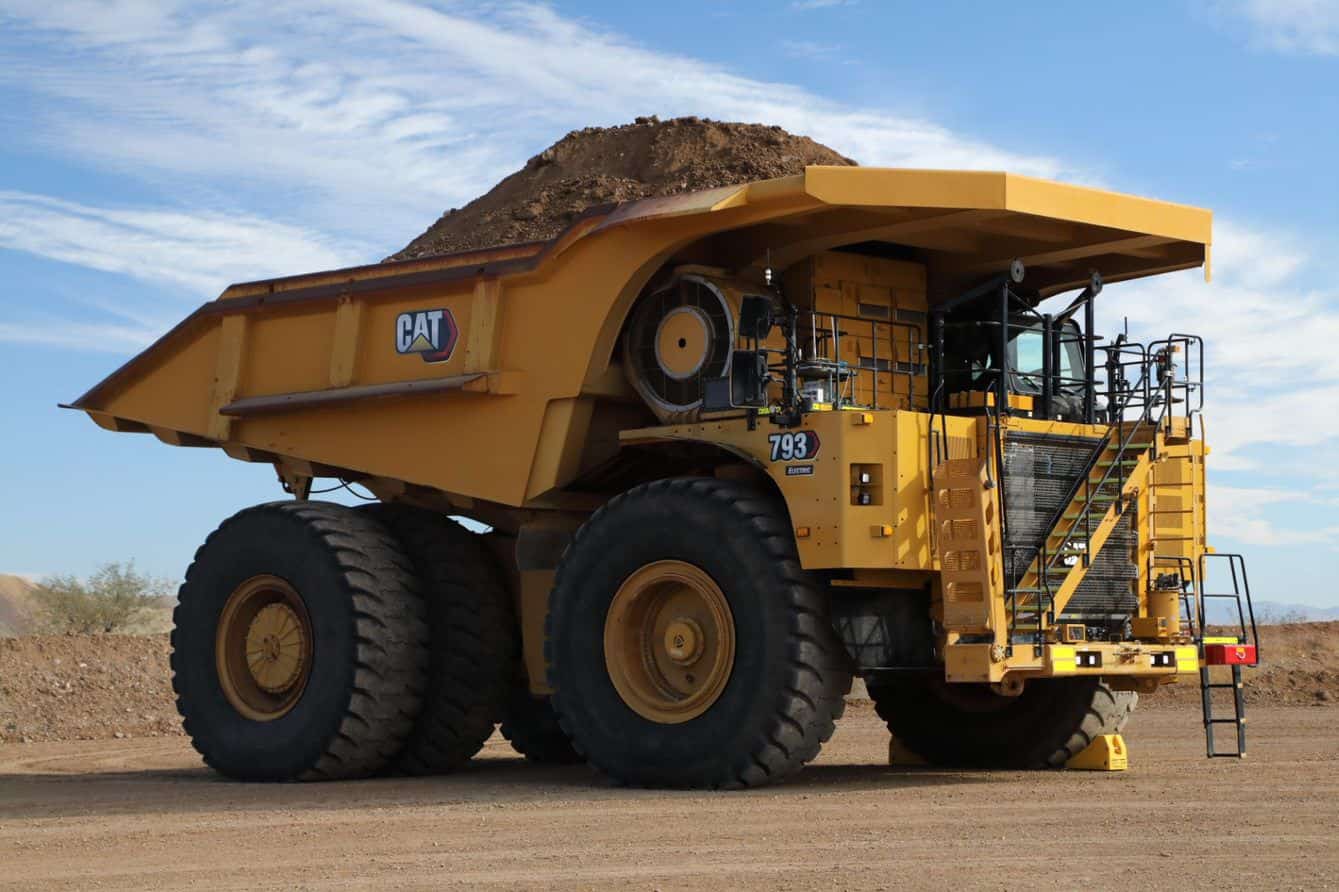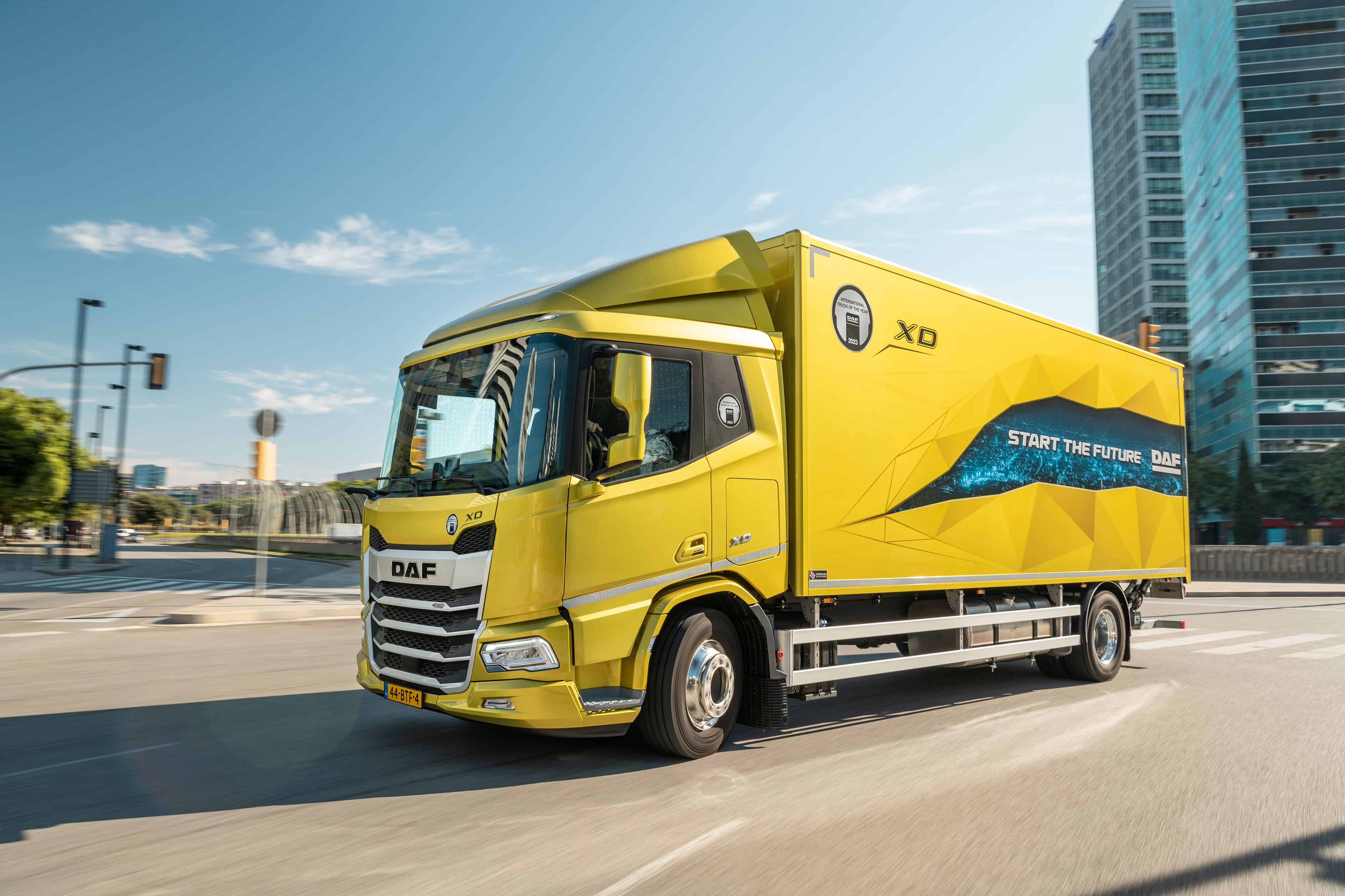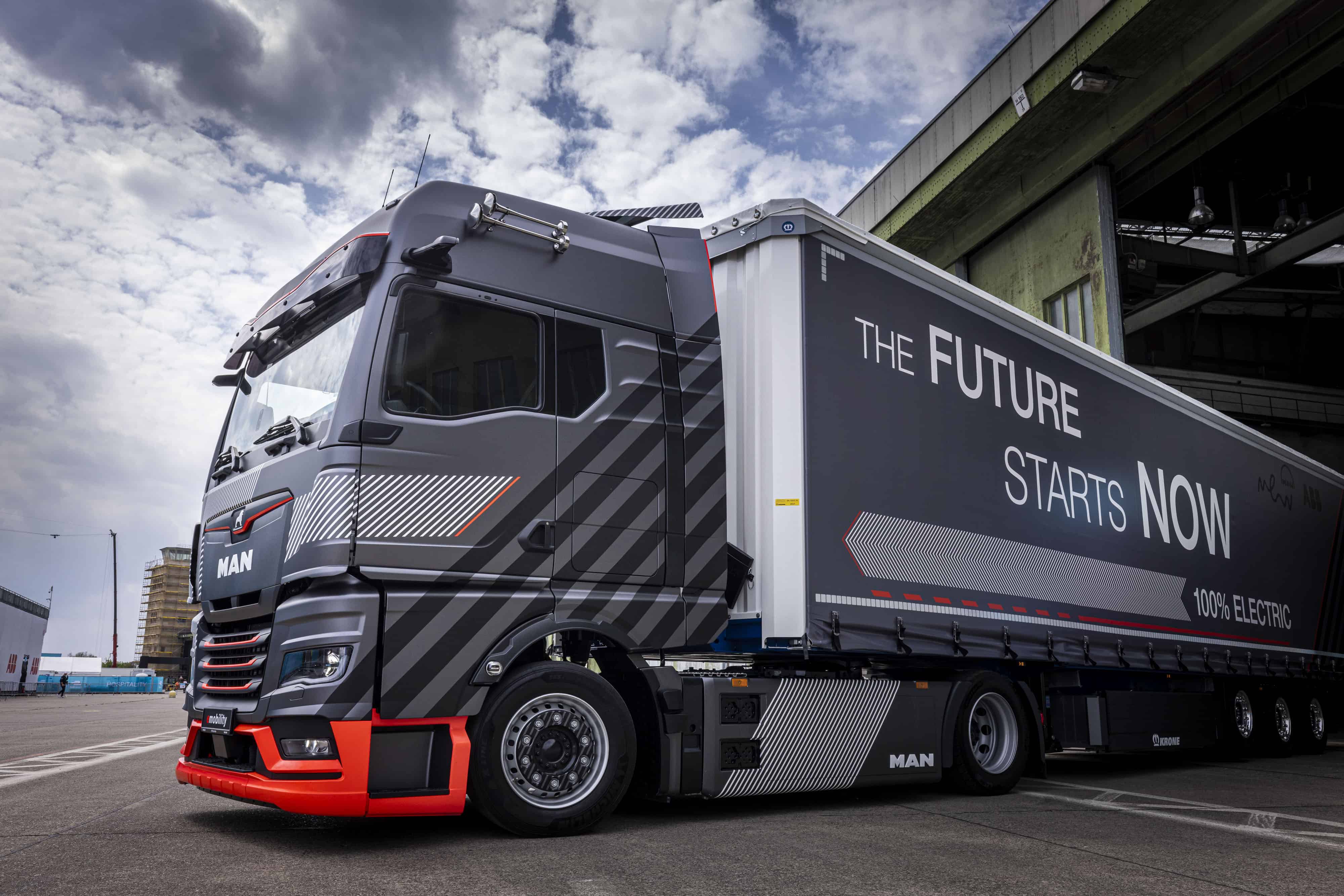
Cars in the future that run on hydrogen and with a fuel cell seem to be dead in the water. The battery-electric car wins out in almost every respect. Most manufacturers are therefore no longer spending money on developing hydrogen cars. But the situation is different for trucks. Daimler Truck and the Volvo Group, for example, have been working together on efficient fuel cells for hydrogen trucks for several years now as part of the Cellcentric joint venture.
Since last week, a new collaborative venture has been added. The ‘Cryotruck’ project has pinned its hopes on cryogenic hydrogen, a kind of intermediate form of hydrogen gas and liquid hydrogen. A consortium around the German start-up Cryomotive is planning to develop the most optimal fuel tank for this gas over the next two years and the accompanying infrastructure at refuelling stations.
If everything goes according to plan, the cryotrucks will be able to drive 1,000 kilometers non-stop. Moreover, it will only take ten minutes to refill the fuel tanks.
BMW
Cryomotive is being assisted in this project by truck manufacturer MAN, Clean Logistics (a specialist in truck conversions), test company IABG, the Technical University of Munich and the German Federal Ministry of Transport.
In the view of Cryomotive CEO Tobias Brunner, everything revolves around cryogas in this project. “One of the disadvantages of hydrogen gas is that very large tanks are needed to drive a truck a long way,” he explains. This has to do with the relatively low energy density that hydrogen gas has.
In the case of liquid hydrogen, this energy density is slightly higher, but this in turn has the disadvantage that it can only be used at lower pressures. As a result, it is unsuitable for the most efficient fuel cells.

In Brunner’s view (who spent ten years at BMW working on hydrogen technologies) Cryogas is the best of both worlds.
Cryogas has a 20 percent higher energy density than liquid hydrogen and about twice as much as hydrogen gas. It also has the added advantage that it can be used under high pressure. In other words, it is possible to drive further on a smaller tank.
How do you make it?
Cryogas, Brunner explains, can be made from both hydrogen gas and liquid hydrogen. It is a type of intermediate form that is very cold, between -240 degrees Celsius and -100 degrees Celsius. The word cryogen comes from Latin and literally means ‘cold-making’. It is formed when liquid hydrogen is put under a certain pressure and turns into a gas, but it is also formed when hydrogen gas is cooled to a certain level.
According to Brunner, both treatments of hydrogen can take place without losing much energy. An additional advantage is that the Cryogas is unable to evaporate like liquid hydrogen. Consequently, nothing is lost during refuelling.
The project
Moreover, in Brunner’s estimation, the existing hydrogen infrastructure can be used. So there is no need to start completely from scratch. There are about 100 hydrogen refuelling stations for cars and/or trucks in Germany. In all of Europe, according to H2stations.org, there are almost 230, of which 41 are in France and 11 in the Netherlands.
The cryotruck consortium is now going to spend the next two years working on two demonstration trucks that can each carry 80 kilograms of cryogas hydrogen. That equates to 2,600 kilowatt hours of energy. Brunner has previously run tests with a cryogas car at BMW. One of the challenges now is to develop larger tanks.
At the same time, the consortium is also working on an efficient tank system and ways to store the cryogas at refuelling stations and to produce it. By 2025, it should be clear whether cryogas technology has a future. The project is funded to the tune of €25 million.
Also interesting: Hydrogen-powered trucks are really on their way







